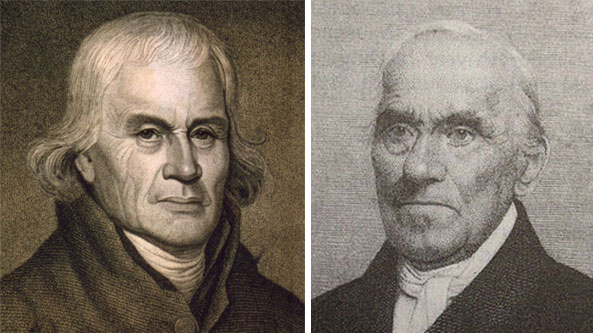18 Apr On This Day in UB History: April 18 (Clarence Carlson)
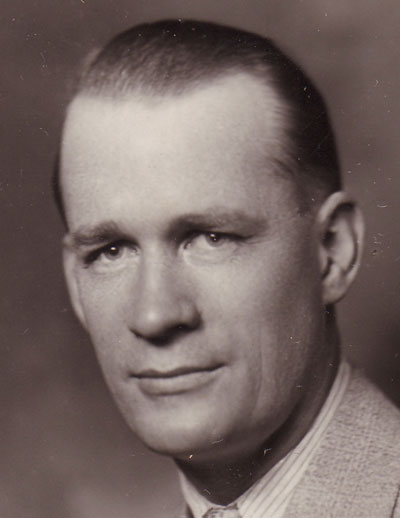 On April 18, 1925, Clarence Carlson boarded a ship for Sierra Leone. He would go on to serve five terms as a missionary, pastor UB churches in three different states, and spend eight years as bishop. But at this point, he was just a 28-year-old Huntington College drop-out embarking on his first ministry assignment.
On April 18, 1925, Clarence Carlson boarded a ship for Sierra Leone. He would go on to serve five terms as a missionary, pastor UB churches in three different states, and spend eight years as bishop. But at this point, he was just a 28-year-old Huntington College drop-out embarking on his first ministry assignment.
Clarence E. Carlson was born August 9, 1897, the son of Swedish immigrants who settled in Illinois. He grew up in the Evangelical Lutheran Church, spoke both English and Swedish, and could play a variety of instruments—guitar, violin, accordion. He joined the US Navy during World War I, but was never assigned to a ship.
In 1921, Carlson’s parents bought a farm in Michigan across from the Jackson Street UB church (now called Countryside) in Breckenridge. He landed a job with an insurance company in Grand Rapids, and attended the UB church on Sundays. One Sunday afternoon in 1923, alone in his room, he yielded his life to Christ. The next year, he entered Huntington College with the sense that God wanted him in the ministry.
When Carlson became aware of the need for a missionary in Sierra Leone, he offered himself. College would have to wait.
Carlson landed in Freetown on May 9 and hitched a ride to Bonthe with an American delivering a load of Texaco gas. From there, field superintendent George Fleming took him to Gbangbaia, where he was to replace Lloyd Eby. The missionary novice found himself supervising a school, a boys’ boarding home, a church, and a medical dispensary. Fortunately, he had a good national staff at the school, and a fine pastor for the church.
George Fleming said Carlson drew up for himself a daily schedule of 16-17 hour days. “A busy man, and fortunately, a very capable one. His work was well planned, and he held religiously to his schedule.”
Carlson focused a lot of attention on the boys at the school, constantly watching for “opportunities to present the claims of Christ on the life of individual students, gently pressing them towards a personal decision to receive Christ as Savior and Lord.” Some of those boys became United Brethren ministers.
Carlson returned to the States in 1928, and in 1929, while continuing his previously interrupted studies at Huntington College, became pastor of College Park UB church. But in 1931, education again got trumped by needs in Africa. We’ll continue his story in July.

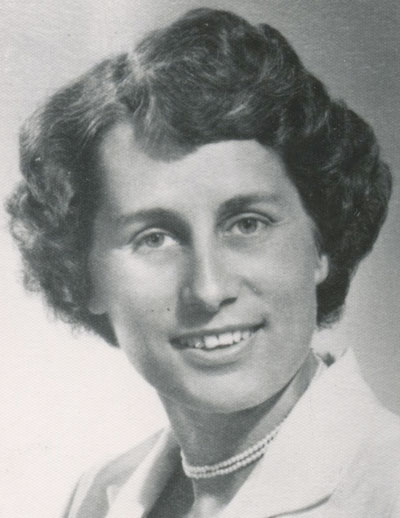 On April 17, 1948, the 24-year-old Olive Weaver began the first of what would become five terms as a missionary in Sierra Leone. She serve continuously until 1968.
On April 17, 1948, the 24-year-old Olive Weaver began the first of what would become five terms as a missionary in Sierra Leone. She serve continuously until 1968.
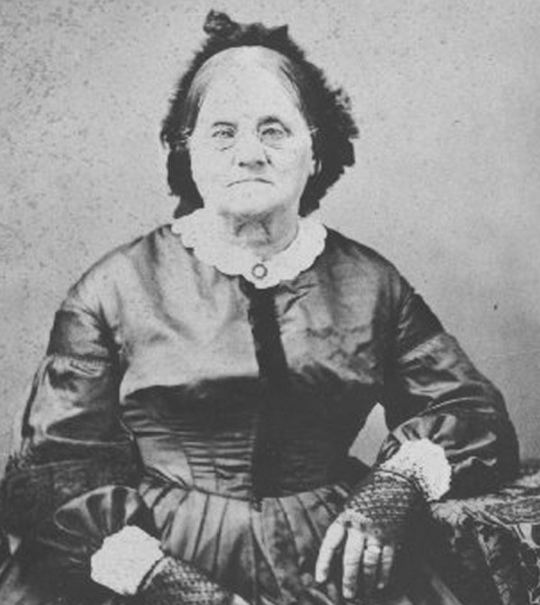
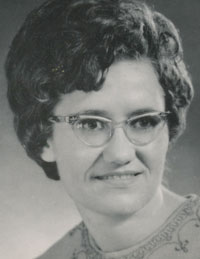 In 1978, two UB missionaries in Sierra Leone, Shirley Fretz and nurse Beverly Glover, were involved in an auto accident in which an African man was killed. Manslaughter charges were filed against Shirley and the driver. The ensuing legal ordeal dragged on for nearly a year.
In 1978, two UB missionaries in Sierra Leone, Shirley Fretz and nurse Beverly Glover, were involved in an auto accident in which an African man was killed. Manslaughter charges were filed against Shirley and the driver. The ensuing legal ordeal dragged on for nearly a year.
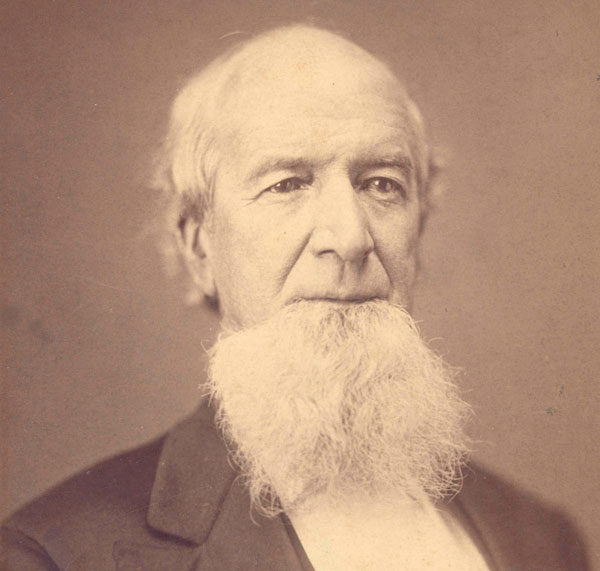
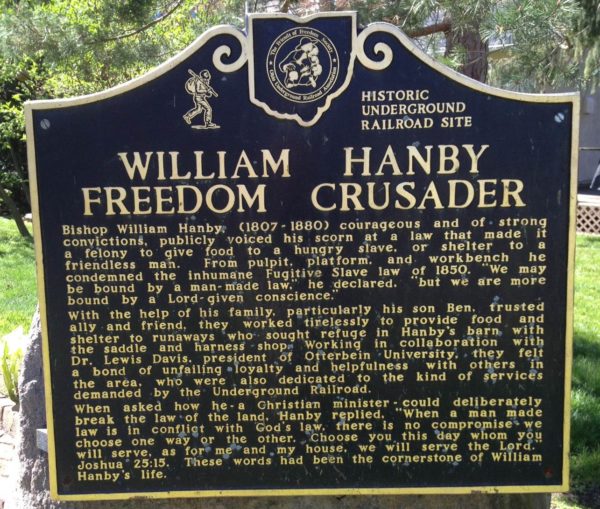
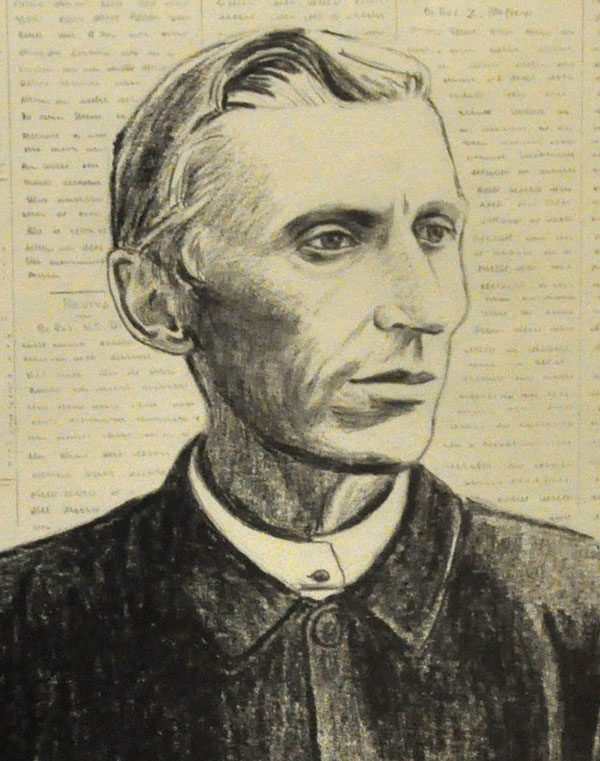
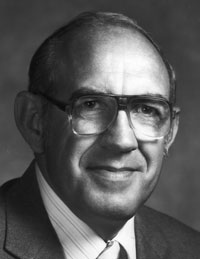 The Jerry Datema family moved to Jamaica in 1964, after having served in Sierra Leone 1957-1963. Datema (right) became field superintendent, following founder James O’Sullivan.
The Jerry Datema family moved to Jamaica in 1964, after having served in Sierra Leone 1957-1963. Datema (right) became field superintendent, following founder James O’Sullivan.